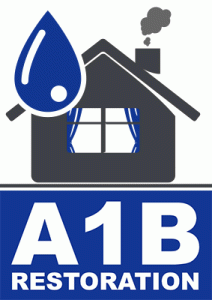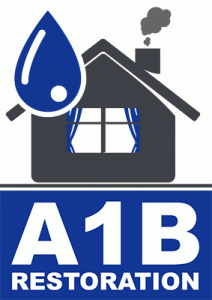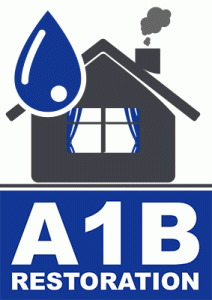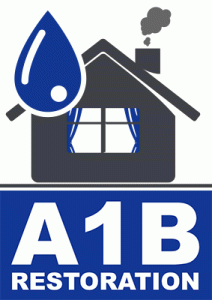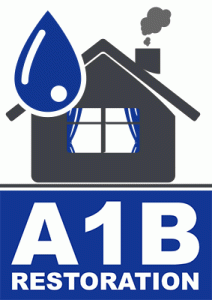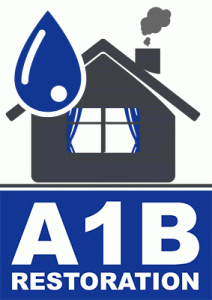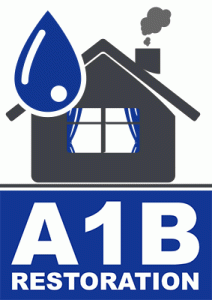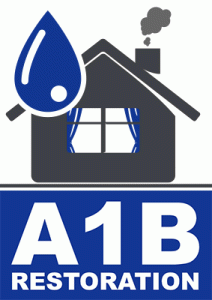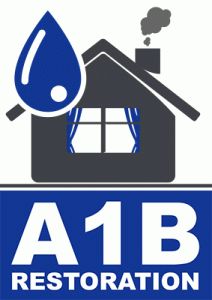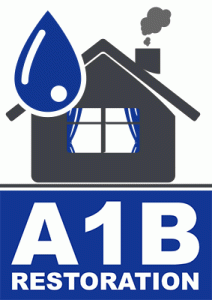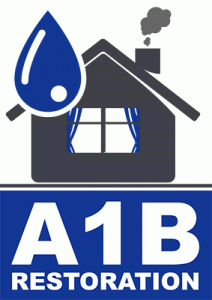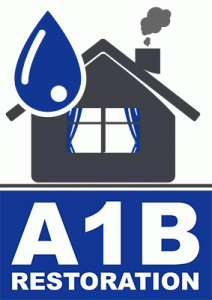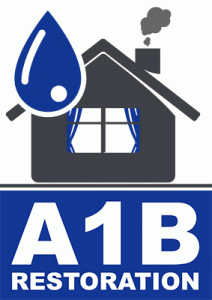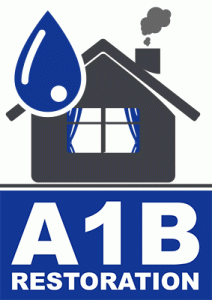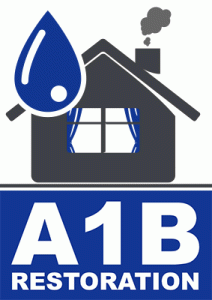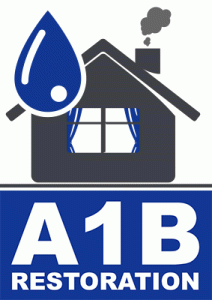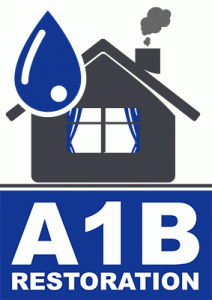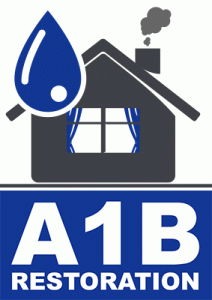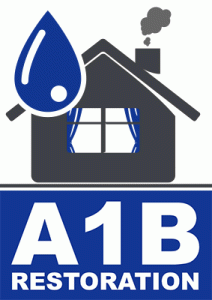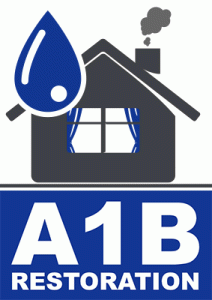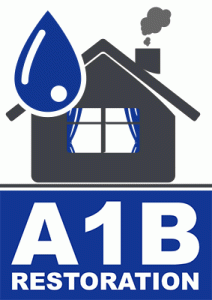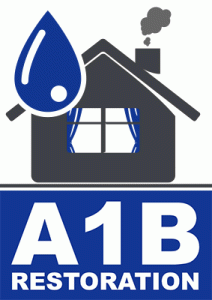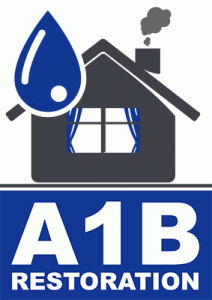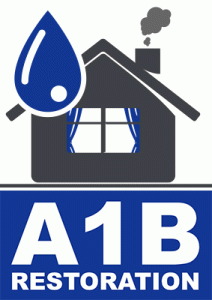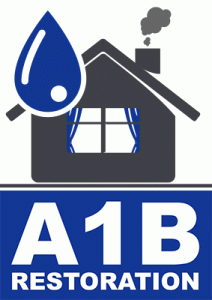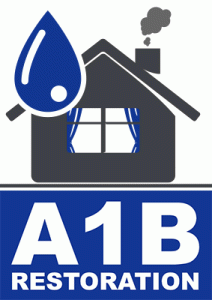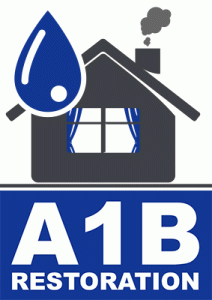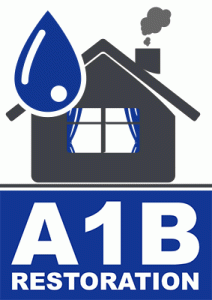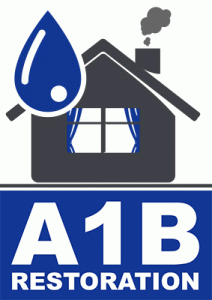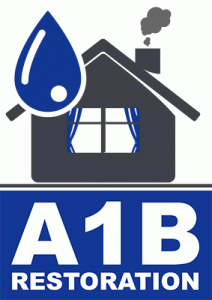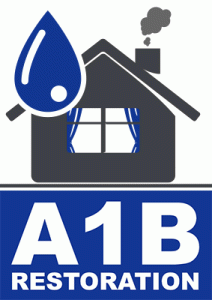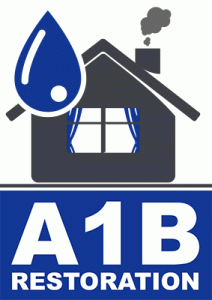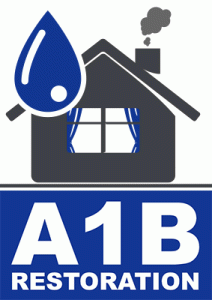How to Deal with Emergency Water Damage
Water damage can strike unexpectedly, leaving you with a daunting cleanup task and potential long-term issues. Whether it’s due to a burst pipe, natural flood, or leaking roof, knowing how to handle emergency water damage is crucial. In this guide, we’ll walk you through the steps to manage water damage effectively and minimize the impact on your home or business.
Understanding the Impact of Water Damage
Water damage is more common than you might think. According to data from the Insurance Information Institute, water damage accounts for nearly 29% of all homeowners insurance claims. The immediate effects of water damage include structural issues, mold growth, and potential health hazards. Therefore, it’s essential to address water damage promptly and efficiently.
Types of Water Damage
Water damage can be categorized into three main types based on the source and contamination level:
- Clean Water: Originates from sources like broken pipes or rainwater. It poses minimal health risks but can cause structural damage.
- Gray Water: Comes from appliances like dishwashers or washing machines. It contains some contaminants and can lead to illness if ingested.
- Black Water: Contains harmful bacteria and pathogens, typically from sewage or floodwaters. It poses significant health risks and requires professional handling.
Immediate Steps to Take When Water Damage Occurs
When you discover water damage, acting quickly can help reduce the overall impact. Here are the immediate steps you should take:
1. Ensure Safety
Your safety is paramount. If the water damage is extensive, turn off the electricity to avoid electrical hazards. Wear protective gear, such as gloves and boots, before entering the affected area.
2. Stop the Water Source
Identify and stop the source of the water. If it’s a burst pipe, turn off the main water supply. For roof leaks, use tarps or buckets to contain the water until repairs can be made.
3. Document the Damage
Take photos and videos of the affected areas for insurance purposes. Detailed documentation will help you file a claim and ensure you receive adequate compensation.
4. Remove Standing Water
Use pumps, wet vacuums, or buckets to remove standing water. The longer water sits, the more damage it can cause. For large-scale flooding, you may need to call in professional water removal services.
Drying and Cleaning Up
After removing the standing water, the next critical step is drying and cleaning the affected areas to prevent mold growth and further damage.
1. Use Dehumidifiers and Fans
Set up dehumidifiers and fans to circulate air and speed up the drying process. Open windows and doors to allow fresh air to flow through the space.
2. Remove Damaged Materials
Dispose of water-damaged items that cannot be salvaged, such as carpets, drywall, and insulation. These materials can harbor mold and compromise structural integrity.
- water damage clean up near me Dallas Texas
- water damage cleanup companies Dallas Texas
- water damage companies near me Dallas Texas
- water damage company near me Dallas Texas
- water damage restoration cost Dallas Texas
- water damage restoration service Dallas Texas
3. Clean and Disinfect
Thoroughly clean and disinfect all surfaces affected by water. Use a mixture of water and bleach to kill bacteria and prevent mold growth. Pay special attention to areas that were submerged.
Preventing Future Water Damage
Once you’ve managed the immediate water damage, it’s essential to take preventive measures to avoid future incidents.
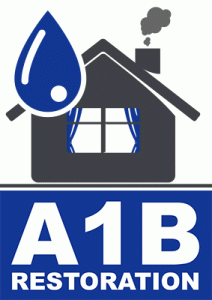
Flower Mound TX water damage restoration company
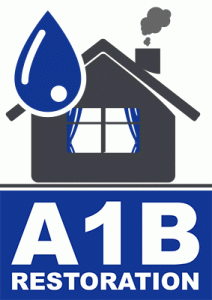
Lakewood Dallas TX emergency water damage cleanup
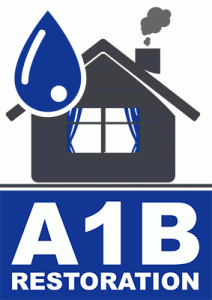
Arlington TX water damage restoration companies near me
1. Regular Maintenance
Inspect your home regularly for signs of leaks, such as damp spots, water stains, or mold. Check the roof, pipes, and appliances for any potential issues and address them promptly.
2. Install Water Detection Devices
Water detectors can alert you to leaks or flooding before they cause significant damage. Place these devices near water heaters, sump pumps, and other vulnerable areas.
3. Improve Drainage
Ensure your home’s drainage system is functioning correctly. Clean gutters and downspouts regularly and consider installing a sump pump to manage excess water.
4. Seal Cracks and Gaps
Seal any cracks or gaps in your home’s foundation, walls, and windows to prevent water from seeping in. Use waterproof sealants and consider adding a waterproof membrane to vulnerable areas.
When to Call a Professional
While some water damage can be managed on your own, there are situations where professional help is necessary.
1. Extensive Damage
If the water damage is widespread and affects multiple areas of your home, it’s best to call a professional restoration service. They have the equipment and expertise to handle large-scale damage effectively.
2. Black Water Contamination
Black water poses significant health risks and should always be handled by professionals. They have the necessary protective gear and know-how to safely clean and disinfect contaminated areas.
3. Mold Growth
If you notice mold growth, it’s crucial to address it immediately. Mold can spread quickly and cause serious health issues. Professional mold remediation services can safely remove mold and prevent it from returning.
Conclusion
Dealing with emergency water damage can be overwhelming, but taking prompt and effective action can mitigate the impact. By understanding the types of water damage, following the immediate steps outlined, and implementing preventive measures, you can protect your home and ensure a swift recovery. Remember, when in doubt, don’t hesitate to call in professionals to handle extensive or hazardous water damage situations.
Stay prepared, stay safe, and protect your home from the devastating effects of water damage.

